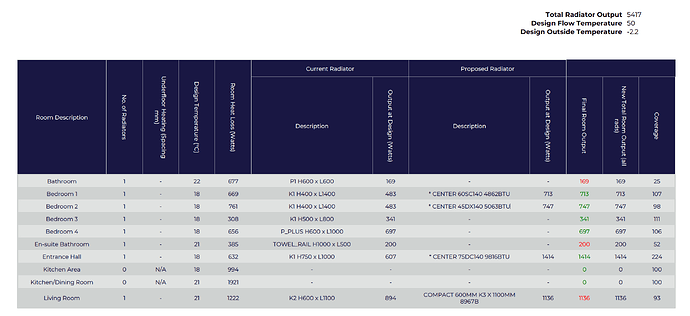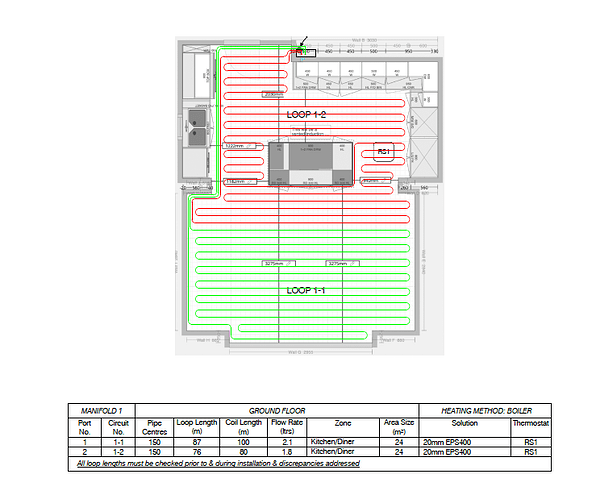I saw a similar thread on this topic, but I’ve just signed with Octopus and have 11 days to reconsider.
My concern is that from our bills I can see our estimated annual gas consumption has been 17500kWh (rounded up), using a 20+ year old gas combi boiler, but actual has been 16500kWh (from manual review of bills from 2024).
2024 kWh
Jan 2748
Feb 2134
Mar 487
Apr 1006
May 500
Jun 490
Jul 328
Aug 405
Sep 1023
Oct 1639
Nov 2880
Dec 2890
Total 16530
This reduced may be because half way through last year we go rid of our gas hob and changed to induction.
On the 4th Jan with weather -7c to 0c our gas consumption was 197kWh. This is post all building work and best example I have of a really cold day.
Yesterday on 7th Jan I put the UFH and house thermostat up higher than normal and we used 148kWh gas from -4c to +2c.
This using an ancient Worcester Bosch 35cdi ii which I believe is 78.5% SAP efficient.
We have a 1930s 4 bed semi-detached house (basically a 3 bed semi with attic conversion), with mixed wall insulation. A bit messy, but partial new extension ground floor from last year with UFH, rest of ground floor cavity filled, 1st floor solid wall (no cavity), and attic conversion from mid-90s spec (pretty good).
Octopus survey stated hot water (2000) + heating (10000) = 12000kWh energy requirement.
My own Heat Punk calculation came to around 10490W (not quite sure why it’s W in that calculation), with similar recommendations, so I can’t fault the Octopus survey outcome, but it doesn’t tally with our real-world gas use.
With a more efficient system, upgraded radiators, etc. I’m concerned the mixed nature of our house if throwing things out a little.
Octopus have designed the system with 50c flow temperature, which is probably to keep radiator changes to a minimum.
Any thoughts appreciated.

